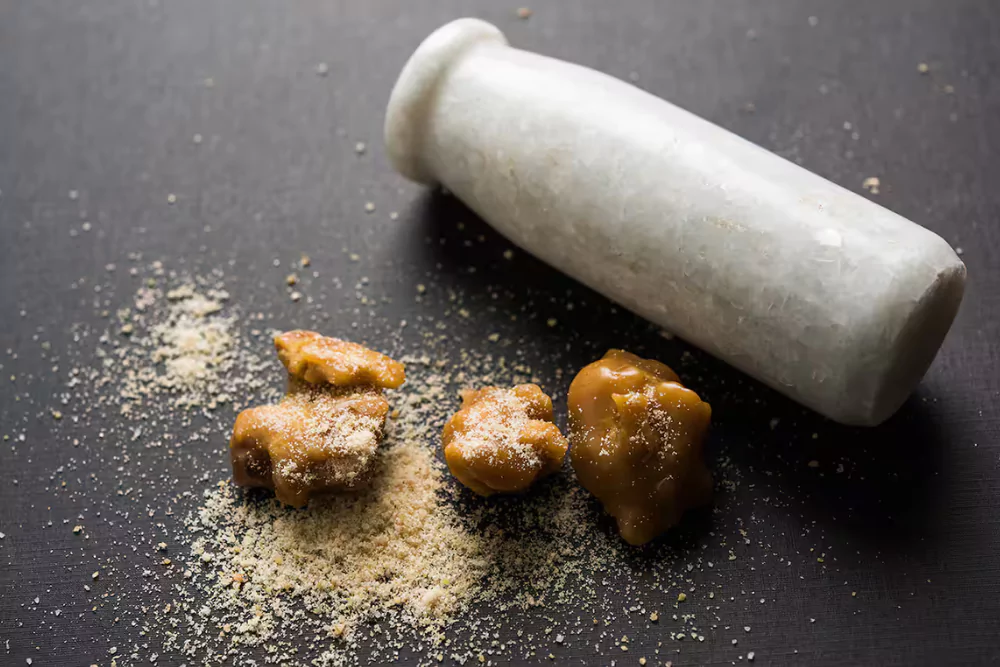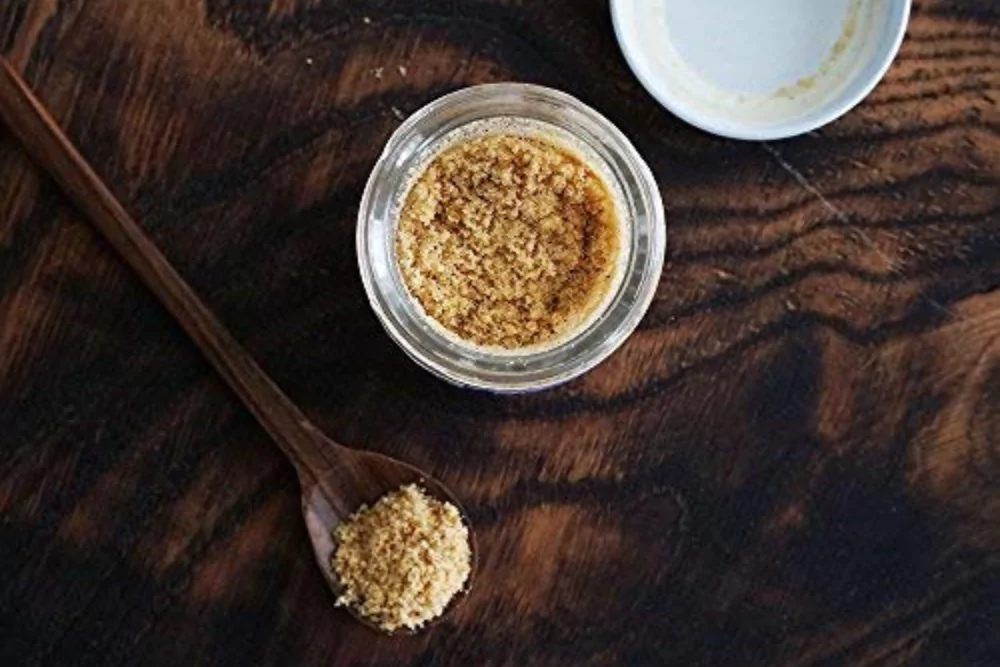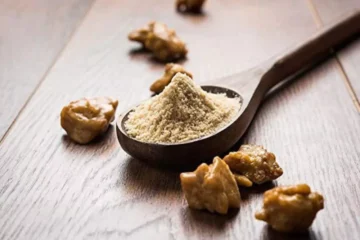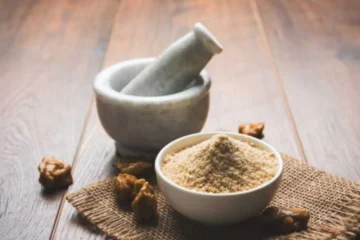Salt is a key seasoning in almost every kitchen, but excessive salt consumption can lead to health issues like high blood pressure and water retention. Ayurveda offers a healthier alternative—hing (asafoetida). But can hing help you cut down on salt effectively? Let’s explore how Ayurvedic wisdom supports this idea and how you can adapt your cooking practices accordingly.
How does hing enhance flavor in salt-reduced dishes?
Short Answer: Hing boosts the umami and pungent notes in dishes, compensating for the reduced saltiness and enhancing depth of flavor.
Detailed Answer:
- Natural Flavor Enhancer: Hing adds a deep, savory aroma that mimics the taste-boosting effect of salt.
- Stimulates Taste Buds: The pungent compounds in hing activate the palate, making low-salt food feel more satisfying.
- Enhances Digestibility: It not only improves flavor but also aids digestion, reducing the need for salt-heavy condiments.
- Complements Spices: In Indian cooking, hing works well with cumin, turmeric, and mustard seeds to build complex flavors without excess salt.
- Reduces Bitterness: It masks bitterness in vegetables like bitter gourd and spinach, making them taste balanced even with less salt.
What are the Ayurvedic benefits of using hing instead of salt?
Short Answer: In Ayurveda, hing is known for its digestive, anti-flatulent, and detoxifying properties—benefits not associated with salt.
Detailed Answer:
- Balances Vata and Kapha: Hing pacifies these doshas, making it ideal for people with digestive issues.
- Reduces Water Retention: Unlike salt, which can cause bloating, hing helps reduce excess water and gas in the body.
- Improves Gut Health: Hing supports Agni (digestive fire), promoting better absorption of nutrients.
- Enhances Detoxification: It aids in the elimination of toxins (ama) from the digestive tract.
- Antibacterial and Antiviral: Hing possesses natural microbial properties, improving immunity when used regularly in food.
Can hing completely replace salt in cooking, or do I need a balance?
Short Answer: Hing cannot fully replace salt but can reduce your dependence on it significantly when used correctly.
Detailed Answer:
- Complementary Use: Hing should be used alongside minimal salt for optimal taste and health benefits.
- Flavor Foundation: It provides aroma and base flavors but lacks saltiness, which our taste buds still crave in moderation.
- Balance is Key: Aim for a 30-50% reduction in salt when using hing to maintain flavor and reduce sodium intake.
- Not a Sodium Source: Hing does not provide sodium, which is essential in small amounts, so a complete replacement is not recommended.
- Ideal for Low-Sodium Diets: Those on restricted diets can use hing to make food enjoyable while lowering salt content.
How do I incorporate hing into everyday recipes to reduce salt intake?
Short Answer: Add a pinch of hing during the tempering process in dals, curries, or vegetables to build strong base flavors with less salt.
Detailed Answer:
- Use in Tempering (Tadka): Fry hing in ghee or oil with mustard seeds and cumin before adding vegetables or lentils.
- Add to Stews and Soups: Sprinkle a pinch of hing in lentil soups or broths to create an umami-rich depth.
- Combine with Aromatics: Hing pairs well with garlic, ginger, and turmeric for layered flavoring.
- Use Hing Powder Sparingly: A little goes a long way—1/8 teaspoon is often enough for a family-sized dish.
- Ideal in Fasting or No-Salt Dishes: Perfect for vrat recipes where salt is avoided but flavor is needed.
Are there specific dishes where hing works best as a salt substitute?
Short Answer: Yes, hing works exceptionally well in dals, curries, pickles, chaats, and dry vegetable preparations.
Detailed Answer:
- Dals and Lentils: Moong dal, toor dal, and masoor dal absorb hing’s aroma beautifully.
- Vegetable Stir-Fries: Especially with cabbage, potato, or okra, where it boosts the savoriness without added salt.
- Chaats and Snacks: A pinch of hing in chutneys or sprouted moong adds zing without relying on salt.
- Pickles: Hing balances the acidity and spice of pickles, reducing the need for extra salt as a preservative.
- Soups and Rasams: South Indian rasam or simple tomato soups become aromatic with a small dose of hing.
| Dish Type | Hing Use | Salt Reduction Potential |
|---|---|---|
| Dals | Tempering with ghee | 30–50% |
| Vegetables | Stir-fried with cumin | 25–40% |
| Chaats | Sprinkled raw or cooked | 40–60% |
| Pickles | Mixed during preparation | 20–30% |
| Soups | Added during simmering | 30–50% |
Conclusion
So, can hing help you cut down on salt? Absolutely. While it may not entirely replace salt, it is a powerful Ayurvedic spice that allows you to reduce your sodium intake without compromising on taste. By including hing in your daily cooking, you enhance flavor, support digestion, and embrace a healthier, more balanced diet. Whether it’s dals, pickles, or vegetable dishes—hing is the secret to cutting salt without cutting taste. Try it in your kitchen today and experience the benefits of ancient wisdom with modern flavor goals.





